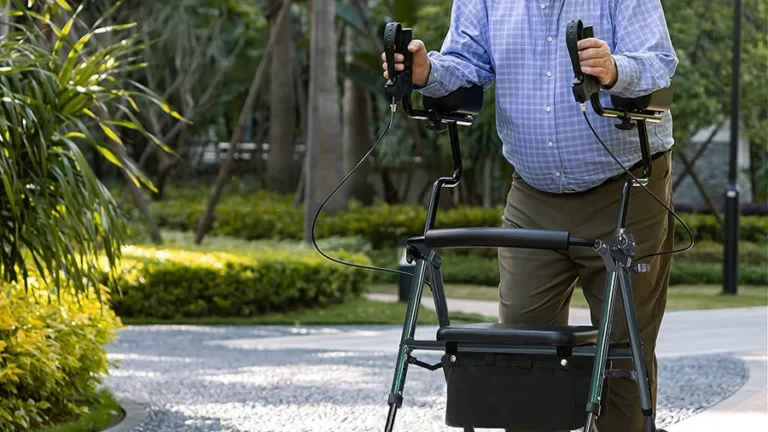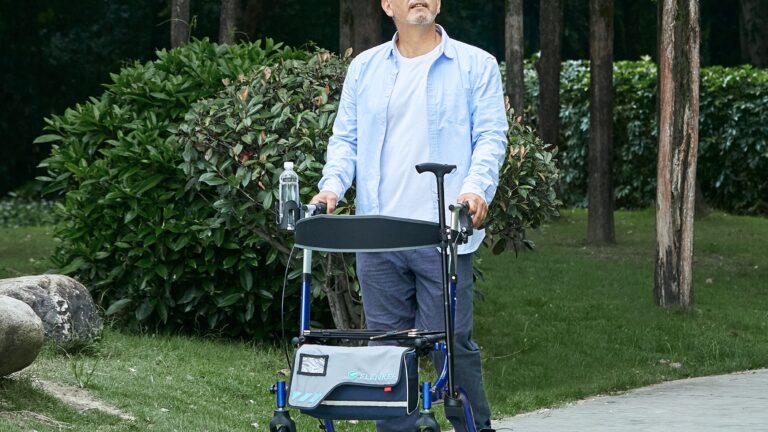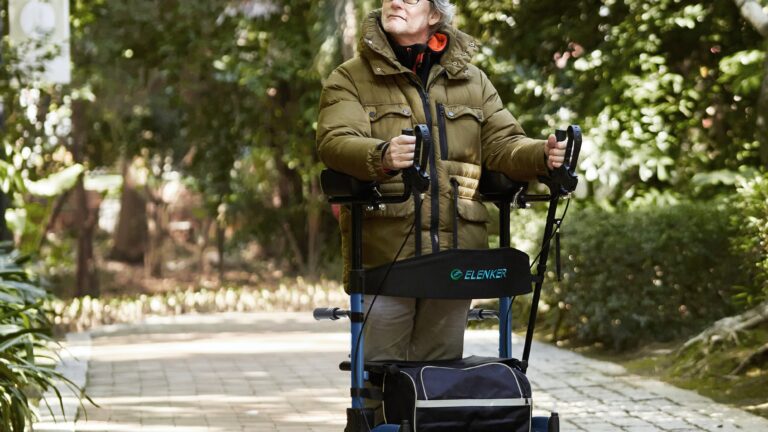Choosing the right walker for seniors depends on their mobility and support needs. Regular walkers offer stability, while rollator walkers provide more mobility, comfort, and convenience. Discover which option suits seniors best, with insights on rollators like the Elenker walker.
What are the different types of Elenker walkers for seniors?
As we age, maintaining mobility becomes an important factor in staying independent and active. Walkers […]
What are Elenker senior walker reviews?
Elenker senior walkers have gained popularity for offering a mix of stability, comfort, and ease […]
What is a senior walker?
If you or someone you know is getting older or needs a little extra help […]



